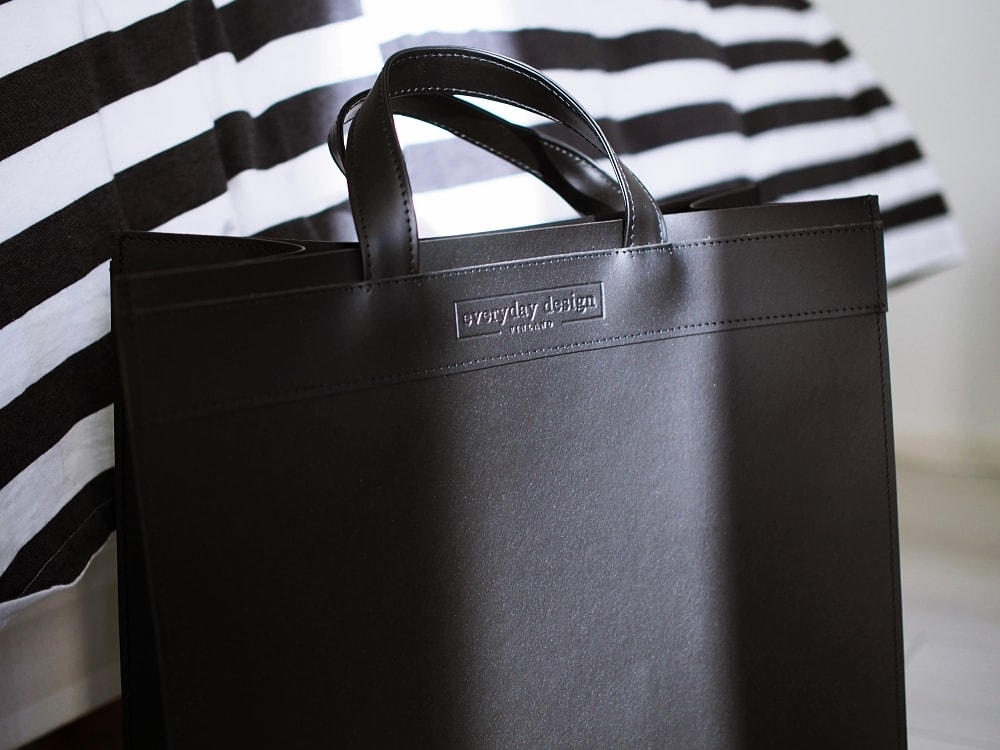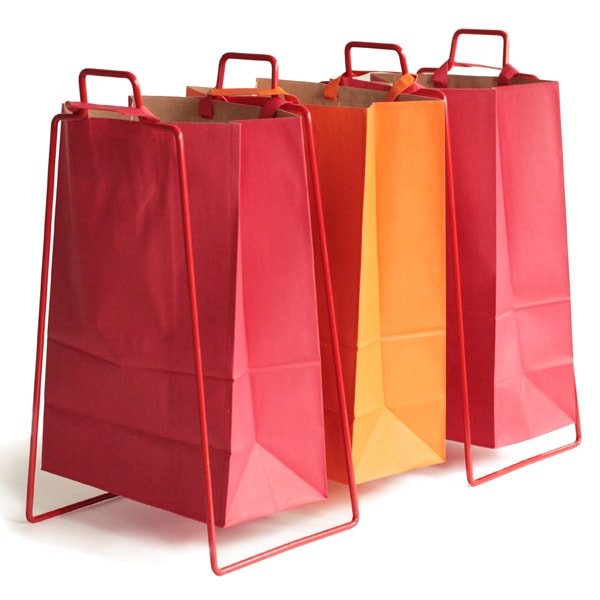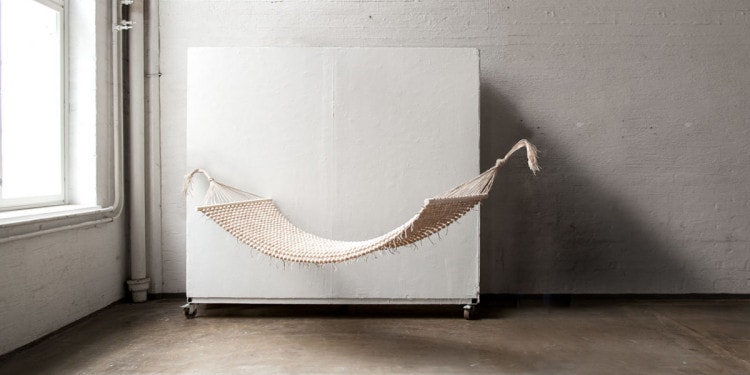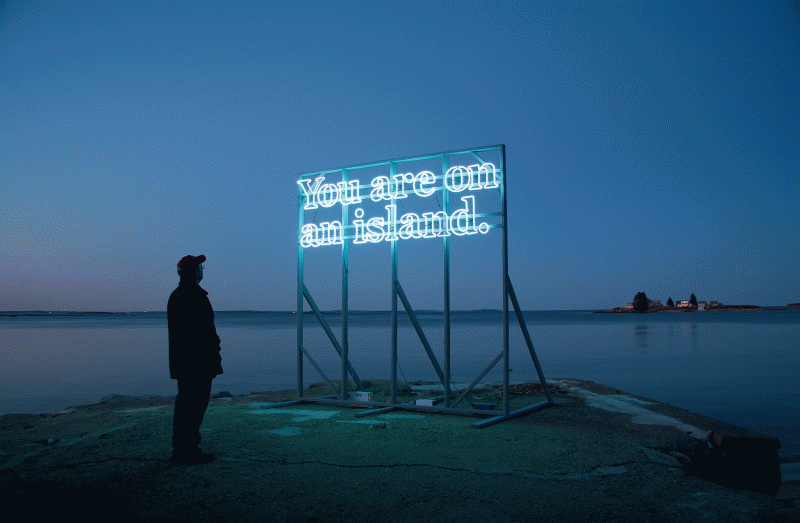The greatest joys of everyday life tend to be the smaller ones. Often it may be an action or sequence that you do everyday, but for some reason it is easier or more efficient and it leads to a new felt satisfaction. In the case of recycling or trying to achieve a cleaner, more sustainable lifestyle, it is the smaller design innovations that can have the longest and most impactful reach. Design innovation helps us achieve something better in our personal lives and in turn on the planet, with each person making incremental change we can do great things as a collective.
Helena Mattila is an industrial designer who has won several awards, her work has been displayed in MOMA New York, Design Museum London and in the International Design yearbook of 1998. Helena is the CEO of Everyday Design, where you can identify her principles of organization and simplicity behind every product. I spoke to Helena in order to understand the company Everyday Design, and, what her take on sustainability is.
Q: How do you describe the mission of Everyday Design? What inspired the creation behind Everyday Design?
HM: Our mission is to help people in their everyday routines and daily life by creating practical products, which are also beautiful. We hope that those products people use would become like friends familiar, safe, good company – better year after year- and if possible they would bring some joy into life.
I founded Everyday Design in 1995 because I could not find products that I needed myself. Then I thought that maybe some other people would need them too. By that time I was a credit manager at bank with two academic degrees and two small children, but I wanted to do something more creative, not just calculating cash flows and margins and evaluating risks.

In the photo: Everyday Design practical handbag Credit: Everyday Design
Q: What are the major challenges for sustainability in the consumer goods industry and how do you work to get over the challenges?
HM: The biggest challenge in the consumer goods industry in general is that people have learned to spend their leisure time and money by shopping. Also, the cheap consumer production that takes place far away does not encourage “local companies” to maintain manufacturing in the neighborhood, even though we know that shipping stresses nature. The price level in general does not always include the price of pollution.
We have kept the manufacturing in Finland, although it makes the business much more challenging. We try to create something that would be unique in design and serve peoples real needs not only try to be the most competitive in pricing.
Q: What have been some major milestones in your journey? Where do you see the direction of Everyday Design s heading?
HM: The first recognition we got with the first product “The friends village house lights”. It was chosen by Richard Sapper and introduced in the International Design Yearbook in 1998. After that we have won several international competitions. I love to try to solve everyday problems, with functionality or conceptually. Every little invention is a milestone for me.
Today I would love to share this passion of simple design with somebody, a company that would share the same values “less is more” and let them use their knowledge to spread the joy of simple everyday life.

In the photo: Everyday Design bags and bag holders
Credit: Everyday Design
Q: Why did you chose to manufacture in Finland? What message or advice does Everyday Design have for other companies focusing on supporting the environment and local suppliers?
HM: The prototyping – trials and errors – is crucial for me, because I am not capable to draw anything. I make to the products by myself and then talk to the factory guys. The first 0-series are also important for me and the factory. The mutual understanding makes it easy to work together- we have worked with the same company for over 25 years.
I have told my fellow companies to try to create something unique that would be worth producing. I am happy also because I think that doing something by yourself is becoming a fashion trend again. People need to use their hands and then also the appreciation of goods increases… maybe I would think of art and d-i-y products, if I started today.
Q: What are your views on the direction that sustainability is heading? What are some ways the average citizen can contribute towards sustainability?
HM: I try to be realistic and not only pessimistic, but no matter how many studies people read about the environment level, they don’t stop over consuming. One could stop flying so much, one could recycle things, one could buy less… but these opinions seem to be too “order-like”. Maybe some “celebrities of the world” could show a good example and then people could show their likes in some, and with hope a new era – the trend of harmony within nature and people – could begin.
Editors note: The opinions expressed here by Impakter.com columnists are their own, not those of Impakter.com













